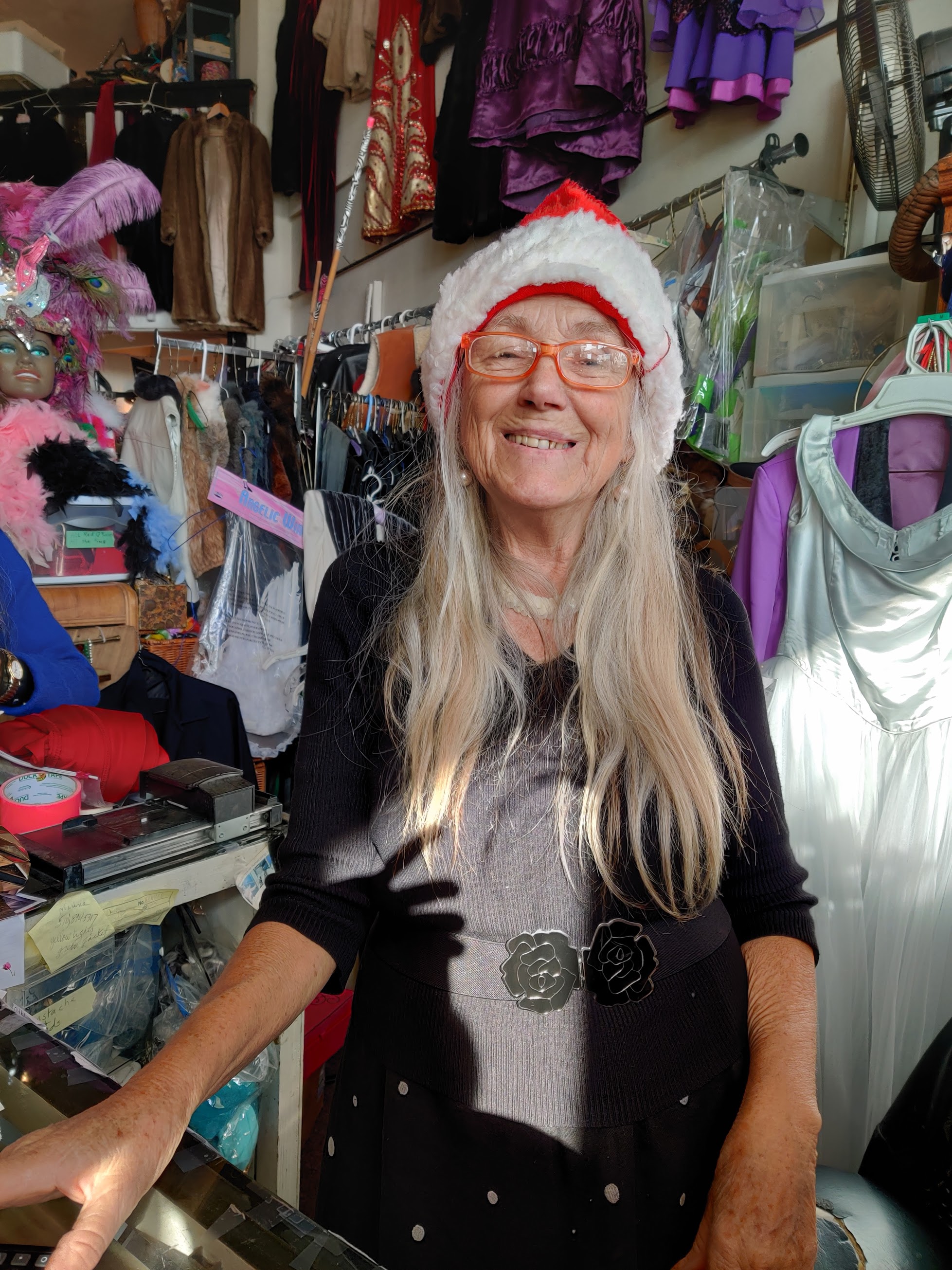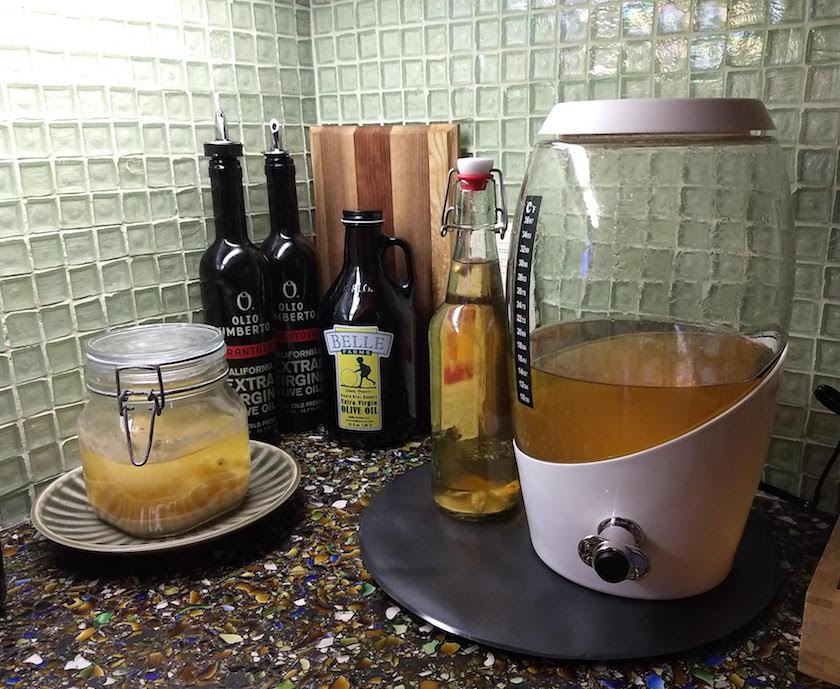Tag: green living
-

Another local shop closes
Support Santa Cruz’s quirky businesses! I suppose it’s inevitable that as real estate prices rise, a town becomes less funky and quirky. I saw it happen in Palo Alto in the 80s and 90s. When I arrived, the town boasted a diner with ancient (working) telephones on the tables and a dim sum place where…
-

Living intentionally with power
I’m not holding myself up as a great example of virtuously green living: I do drive a car; I do use my clothing dryer; I do love a hot shower. But something that gives me great peace is a focus on intentional living.
-

Yummy Green Kombucha
I realize that these attempts, like my Homely Green Napkins project, are small things. But if enough of us push back on our culture-bred tendency to consume and discard, we can shift our weight enough to change course.
-
The tale of the homely green napkins
They’re not actually green, and they don’t really have to be homely, but this is how I came to be in possession of my homely green napkins. I’ve made a personal goal to identify all the low-hanging fruit in our lifestyle, trying to identify all the easy things we could do to consume less and…
-
Living the California paradox
When it comes to our vehicle choices, I don’t call our family a paradox; I call us the new paradigm. Americans had a good, long love affair with the gas engine, and that’s coming to an end. We used to think of driving as entertainment, and that, too, is coming to an end. What starts…